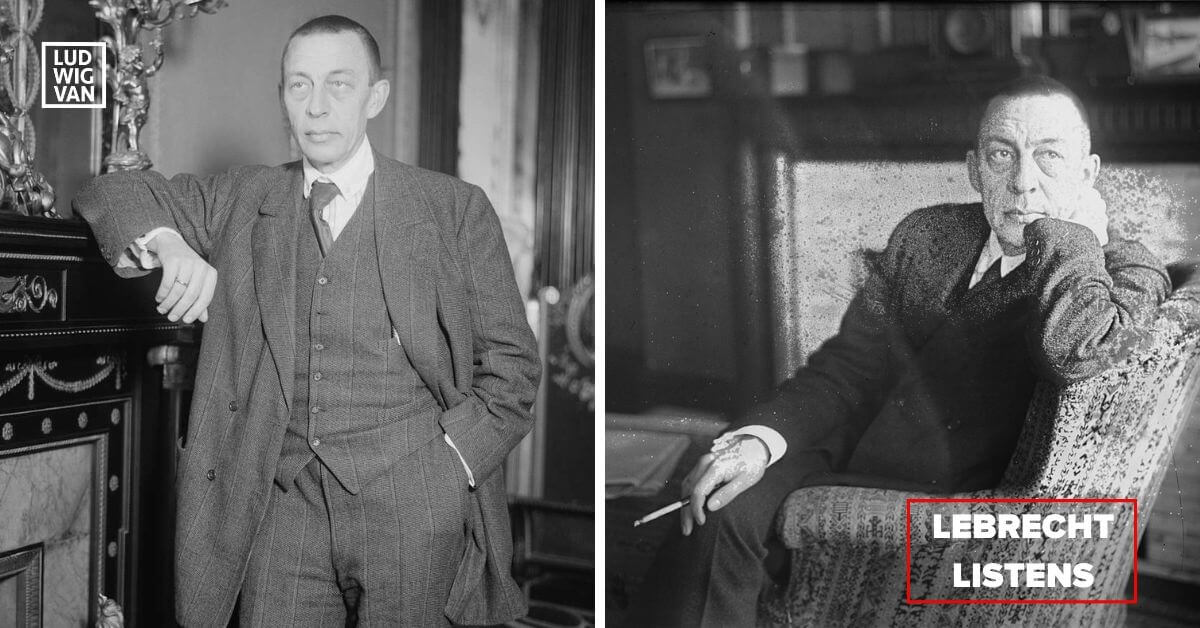
Rachmaninov: 2nd symphony (Chandos/Vox)
★★★☆☆/★★★★☆
If you think Rachmaninov’s second symphony is easy to play, you should have heard the mush one of London’s top orchestras made of it recently under a famous conductor who has performed it all his life. There is a fine line to walk in this symphony between sentiment and passion, assertiveness and overblown bombast, explicitness and allusion.
Two recordings, just landed, exemplify these contrasts. John Wilson, heading London’s finest string section, brings off the big-bash passages quite brilliantly, less so with the underlying confusions. Rachmaninov, aged 33 in 1906-7 when he wrote the symphony, was remaking himself as a conductor in Germany while touring worldwide as a pianist. The symphony was at once an experiment with large-scale textures and an expression of inner turmoil and self-doubt. Its immediate success, largely based on one big slow tune that the Germans adored, restored his spirits without ever quite establishing him as a major composer of symphonic music.
In Wilson’s interpretation with the Sinfonia of London, one hears more hesitation than clarity. The big tune comes over, but without the overwhelming impact of such earlier conductors as Stokowski, Ormandy, Previn, Rozhdestvensky and Maazel. It reminded me at times of Valery Gergiev for its perfunctory loss of colour.
In exemplary contrast, Leonard Slatkin’s remastered 1979 recording with the St Louis Symphony ticks all the boxes. The St Louis Symphony was ranked around this time as the best in America and the young Slatkin, raised in 1930s Hollywood where Rachmaninov lived, sets a mood that is evocative of that time and place in both amorous intent and ominous background. I don’t think I’ve ever heard the opening Largo more deftly unrolled, hinting and wincing at the heartbreak soon to come. The Adagio is a two-hankie welter of emotions. This is how Rachmaninov used to be done in the bad old days, when men wore hats and women silk gloves. Meet me in St Louis, Louis.
To read more from Norman Lebrecht, subscribe to Slippedisc.com.
#LUDWIGVAN
Get the daily arts news straight to your inbox.
Sign up for the Ludwig van Daily — classical music and opera in five minutes or less HERE.
- LEBRECHT LISTENS | Jordan Bak’s Cantabile For Viola Reveals The Neglected Instrument’s Beauty - April 12, 2024
- LEBRECHT LISTENS |David Robert Coleman & The Berlin Radio Symphony Orchestra Reveal The Charms Of Walter Kaufmann - April 5, 2024
- LEBRECHT LISTENS | Recordings Of Ysaÿe, Brahms & Busoni Show Not All Violin Concertos Were Created Equal - March 28, 2024



